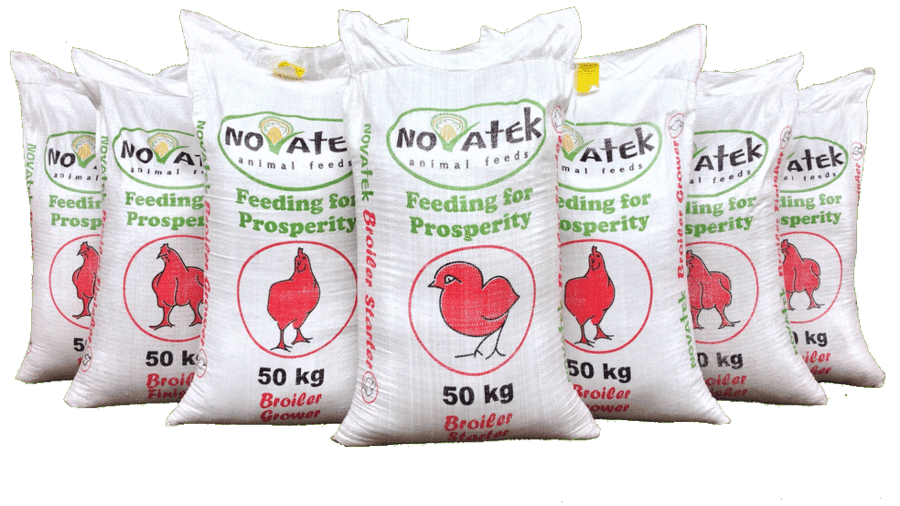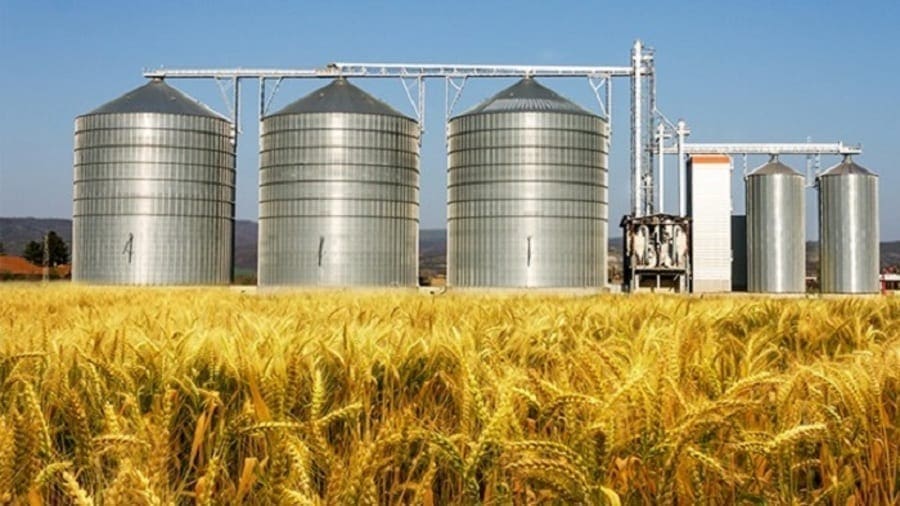INDIA – Indian wheat imports will remain at the current elevated level next season, despite a near record harvest, with stocks depleted after years of production deficit, US officials said.
The US Department of Agricultures’ bureau in New Delhi forecast Indian wheat imports for 2017-18 at 5m tonnes, in unchanged from 2016-17, even though domestic production is seen jumping by 8m tonnes.
Indian wheat production is set to hit near record levels, of 95.0m tonnes, just behind the all-time highs seen in the 2014 harvest. The increase in production is the result of record large sowings, of 31.8m hectares.
“Despite forecast near-record production, import of wheat in the forecast year 2017-18 will continue to sustain the consumption demand, contain domestic prices and help government to augment the declining wheat stocks.”
Traders scramble
Wheat imports surged late in the current 2016-17 season, thanks to the removal of import duty in December, as well as “weak international prices, particularly for the millers near the ports due to lower ocean freights compared to the inland transportation costs,” the bureau said.
“Continued strong domestic prices and depleting government wheat stocks raised the expectation of a delay in any import policy change till the arrival of new crop begins from April onwards,” the bureau said.
US officials saw expectations of a tariff free window until the harvest “resulting in a strong surge in import contracts for imports in February-March, 2017, estimated at about 1.6-1.8m tonnes”.
As a result the bureau lifted its forecast of the current 2016-17 season, also to 5.0m tones.
Earlier this week, the Australian ag-ministry forecast “milling wheat demand from India is expected to remain strong until at least March 2017, when the Indian domestic harvest will commence”.
Policy likely to shift
These import forecasts figures are based on current government policy, i.e. tariff-free imports, as is standard for USDA projections.
In practice it is extremely likely that India will restate tariffs before the country’s harvest, which starts next months.
But there is very little fat on the balance sheet, given the historically low level of stocks, and the fact that even with a near-record, demand is seen outstripping supply.
Long-term stock decline
India tends to swing between being a net wheat importer, and a net exporter, depending on the year, but arrivals of the size seen this season are unusual.
India has only seen larger imports once in the last four decades, back in 2008-9.
But rising demand has put pressure on the country’s balance sheet, with wheat stocks seen falling four seasons in a row, declining by two-thirds between 2012-13 and 2016-17 to just 8.0m tonnes.
Even with 5m tonnes of imports, Indian wheat stocks are seen growing just 700,000 tonnes, to 8.7m tonnes, by the end of 2017-18.
This gives a stocks to use ratio, of around 9%, which is tight given the domestic production deficit, and the fact that wheat is a staple crop for a large part of the country.
March 10, 17; http://www.agrimoney.com/news/indian-wheat-imports-to-remain-rapid-despite-near-record-crop-hopes–10517.html









